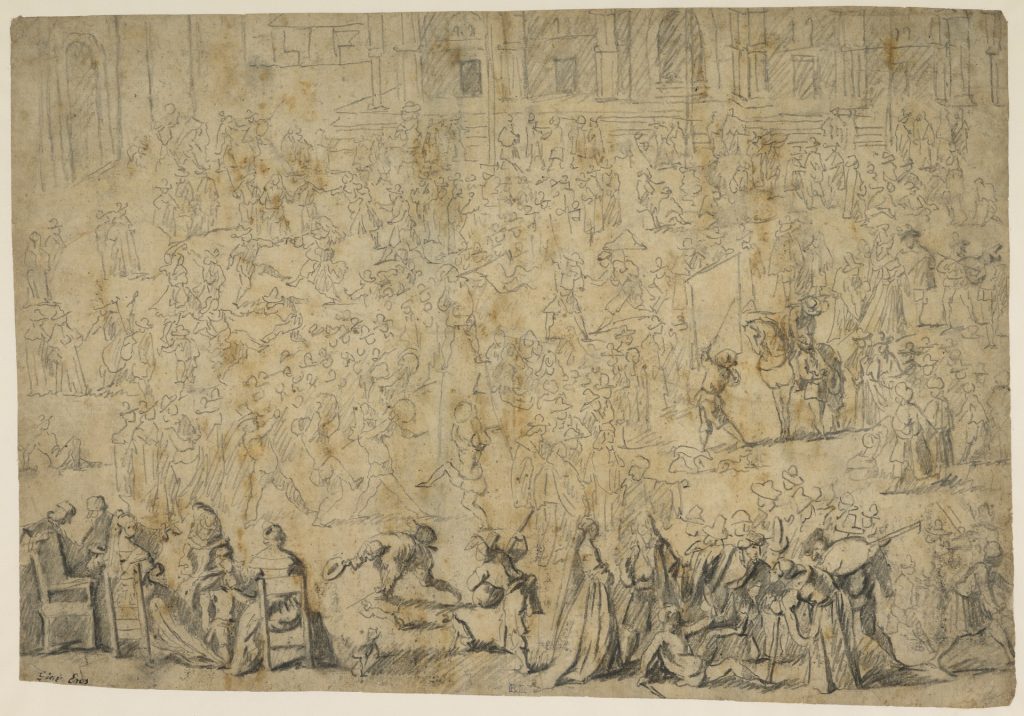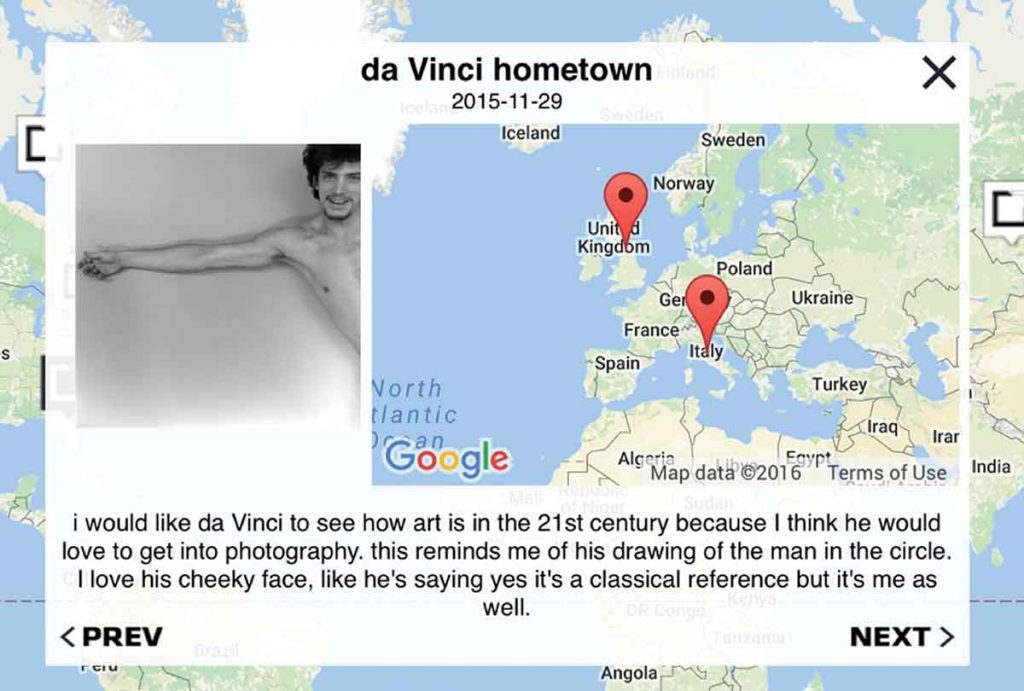I was really happy to spend the first part of the week at the online Networked Learning conference – this is one of my favourite research conferences, and it was a really good few days.
George Veletsianos and I facilitated a session on speculative methods in networked learning – building on work each of us have been doing in this area over the past few years. A few people asked for some insights into how to design speculative methods into a research project. I wrote a textbook chapter a few years ago on this topic, and I thought I’d summarise what I see as the key ‘ingredients’ of a speculative project (in digital education.)

First, it’s important to say that there are many ways to enact speculative or inventive method – and some are explicitly theoretical in nature (see Lury and Wakeford’s 2012 collection on Inventive Methods for examples of this). I am focusing here on more applied approaches, and specifically those that can be used to think about the future of education and educational technology. These are not methods that can be implemented by following a straightforward recipe; they have to be designed in relationship to the question they are seeking to illuminate or the topic they seek to develop new questions around (see Ross 2017 for more on this). However, there are some ingredients which are likely to be significant:
- A speculative question. What will it mean to teach or learn with an automated process like a ‘bot’? What learning does learning analytics not capture (Knox, 2014)? How can communities be stimulated to reimagine or reframe their understanding of energy demand reduction (Wilkie et al., 2015)? These examples of questions that have been addressed through speculative method have in common a flexible orientation to a situation which is either on the horizon or missing from current thinking around a topic or practice. Speculative questions may often focus on the future, but a focus on the future is never only about the future – it is also about articulating what is currently valued by particular people or communities or in particular settings, and what may be absent or unspoken in privileging those values.
- An ‘object to think with’ (Turkle, 1997). The researcher developing a speculative method must create something with which participants or respondents can engage – an ‘object to think with’. This could be a scenario or set of scenarios, a technology like an app, a design prototype, a narrative or a combination of these. The object should be designed to provoke responses that will illuminate the topic of the research, to help construct the horizons or become aware of the absences that the questions of the research are aimed at addressing. A pragmatic consideration is whether the project will require specialist skills to accomplish it, and how the researcher might access the resources they will need. Taking the making requirements of your method into consideration early on will help you ensure you can address your question.
- An audience to engage with. It is possible to make the object itself the focus of the research, without a strong focus on participant response and reaction. More commonly, however, the object, which might in its own right take considerable time to design and create, is put into a context in which it can be used, or can serve as a provocation, irritation or invitation. This context might be online, offline, or a combination of the two. The speculative object and its design, along with the responses to it, form the data from this method, so the identities and expectations of participants or respondents need to be carefully considered, along with the ethics of the approach to the object.
- A way to capture and analyse design decisions and responses to the object. In some cases the responses to the speculative object can be integrated into the object itself – as in the case of an app that gathers data, or a twitter stream involving a bot. In other cases, responses need to be captured for analysis via other approaches – for example, making a video or audio recording of a workshop; asking participants to keep a written or photo diary of their interactions with the object; or conducting interviews or surveys. Analysis of speculative method should analyse both the object and the responses it generates. Decisions about how the object has been designed should be captured so that the object and the considerations informing it can be understood and shared. It may be helpful to consider the speculative object as both an instrument and an outcome, and keep notes about the design process accordingly.
Speculative method can be a powerful approach to generating and examining new perspectives and questions, and to helping understand and shape complex topics, especially those that deal with the future. For researchers aiming to understand emerging ideas or technologies, the ability to work with uncertainty is a key benefit of such an approach. It requires, however, a willingness to take risks with the design and implementation of a research project – moving away from approaches which are well-established with clear protocols. Nevertheless, I think it’s an approach that can be carefully designed, and well-justified in terms of both quality and rigour – and I’m excited to see more such research emerging in our field.
adapted from Ross, J (2018). Speculative Method as an Approach to Researching Emerging Educational Issues and Technologies. In L Hamilton and J Ravenscroft (eds) Building Research Design in Education. London: Bloomsbury.
References:
Knox, J. (2014) ‘The “Tweeting Book” and the question of “non-human data”’, TechTrends, 59(1), pp. 72–75. doi: 10.1007/s11528-014-0823-9.
Lury, C. and Wakeford, N. (2012) Inventive Methods: The Happening of the Social. London: Routledge.
Ross, J. (2017) ‘Speculative method in digital education research’, Learning, Media and Technology, 42(2), pp. 214–229. doi: 10.1080/17439884.2016.1160927.
Turkle, S. (1997) ‘Computational technologies and images of the self’, Social Research, pp. 1093–1111.
Wilkie, A., Michael, M. and Plummer-Fernandez, M. (2015) ‘Speculative method and Twitter: Bots, energy and three conceptual characters’, The Sociological Review, 63(1), pp. 79–101. doi: 10.1111/1467-954X.12168.



 ‘m really pleased to share my latest open access publication – a jointly authored chapter with
‘m really pleased to share my latest open access publication – a jointly authored chapter with